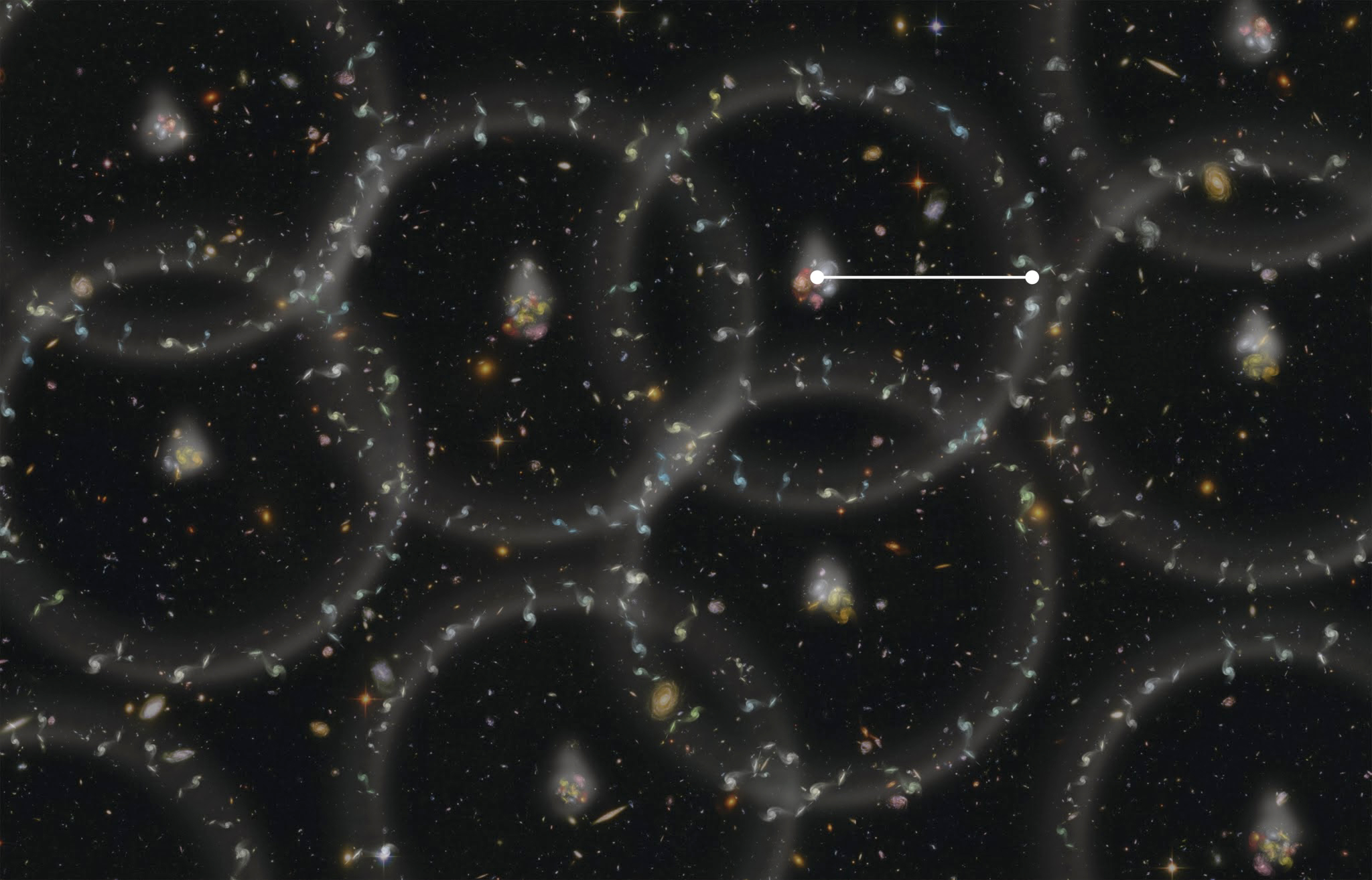
The mystery behind the missing half of Universe’s Normal Matter now solved
The mysterious missing links between galaxies has finally been found, and this is the first detection of the roughly half of the normal matter found in our universe. The unaccounted protons, neutrons, and electrons which were observed by stars, galaxies and other bright objects in space account for the rest half of the Normal matter.
By now the term Dark matter should have probably hit your ears, it is a mysterious substance thought to permeate the universe whose effects can be seen through its gravitational pull. The models of the universe as understood by our scientists say that there should be twice as much ordinary matter out there compared to what has been observed by us so far. Particles called baryons make up the missing matter which was found by two separate teams rather than the dark matter. This links the galaxies together through filaments of hot diffused gases.
According to Hideki Tanimura, leader of one of the groups, from the Institute of Space and Astrophysics in Orsay, France, the missing baryon problem has now been solved which can provide a better insight into the elements of space and universe. The second team was led by Anna de Graaff at the University of Edinburgh, UK. As the gas is tenuous and not hot enough to be picked up by the X-ray telescopes, no one was able to observe it before.
As explained by Richard Ellis at University College London, there is no sweet spot to observe this thing neither do we have any instrument capable enough as of now to watch this gas directly. It’s been pure speculation until now. The two groups had to find a way to prove the existence of these threads of gases in the universe. When light left over from the big bang passes through hot gases it scatters, and some of it scatters off the electrons in the gas creating a dim patch in the cosmic microwave background which is a snapshot of the remnants from the birth of the cosmos. This effect is known as the Sunyaev-Zel’dovich effect, and this is what helped the teams turn the speculation into a definitive proof.
The Planck satellite created a map of this effect throughout the observable universe in the year 2015. The diffused tendrils of gases between galaxies form dim blotches that are far too slight to be seen directly on Planck’s map. The teams selected two pairs of galaxies from Sloan Digital Sky Survey that they expected were connected by strands of baryons. The teams stacked the Planck signals for the areas between the galaxies which made the individually faint strands detectable when put together.
Tanimura’s team was able to stack data from 260,000 pairs of galaxies and de Graaff’s team involved over a million pairs. The conclusion of the study proved the definitive existence of gas filaments between the galaxies. The baryons were three times denser than the mean for the normal matter in the universe. Finding the extra baryons validates some of the assumptions about the universe that had been predicted by scientists after decades of simulations.

